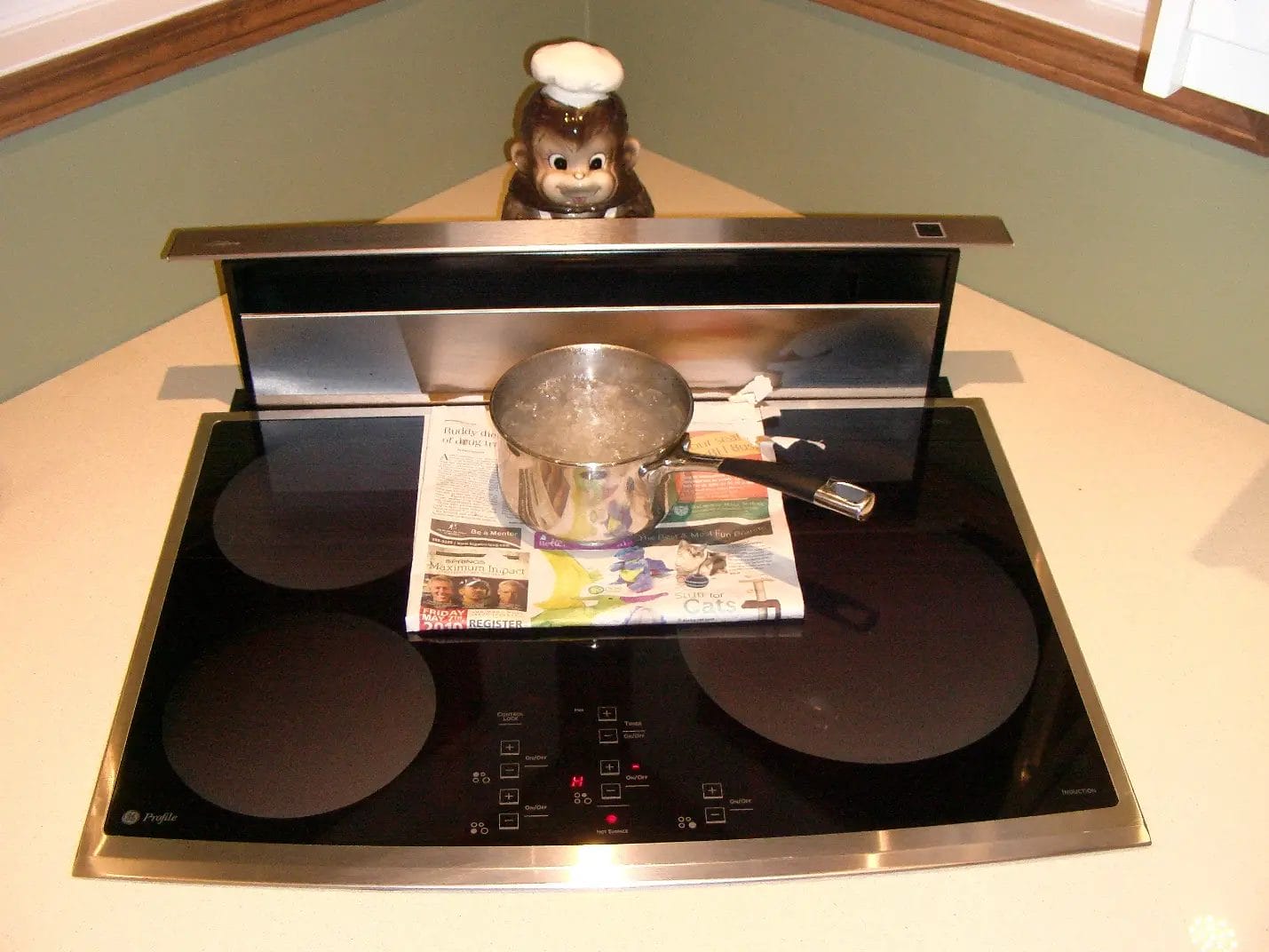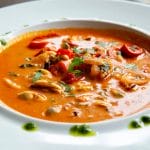With time, people have moved from conventional gas stoves to induction cooktops and hotplates. They both run on electricity, but there are a few differences. While you can use any vessel on a hotplate, you need special vessels for induction cooktops. In this article, we will look at some key differences between induction cooktops and hotplates.
Differences between Induction Cooktop and Hotplate
Dimensions
- Unlike the hotplate, the cooktop is lengthier and broader.
- Hotplates are heavier than induction cooktops, and they are taller.
Energy Consumption and Efficiency
Hotplates consume less energy than cooktops. However, cooktops are more energy efficient. To run, a hotplate needs up to 1200 watts. This equates to 36 kWh per month. On the flip side, an induction cooktop requires up to 1800 watts, which amounts to 54 kWh. If you think induction cooktops consume more energy, think again. Cooktops need less time to cook food, unlike hotplates, which makes them an efficient option.
The truth is, an induction cooktop is 20-30% more energy efficient than a hotplate. The reason is that there is no heat loss between the coil and the vessel. The heat doesn’t need to travel through the cooktop material.
Cooking Efficiency
As opposed to a hotplate, the induction cooktop offers more cooking efficiency. The copper coils create a magnetic flux that heats up the food quicker than a hot plate. In a hotplate, the ceramic plate is heated first, which then transfers the heat to the cooking pot. Moreover, the cooktop uses a higher wattage, and therefore it takes less time to heat the food. If a hotplate takes 4 minutes and 26 seconds to boil a pot of water, the induction cooktop will only take 3 minutes and 29 seconds.
Cooking Modes
A Duxttop induction cooktop has temperature control and cooking control. The cooking control helps boil water and cook sauce. The temperature control helps in frying and helps prevent overcooking or overheating. On the flip side, a hotplate has no such controls.
Temperature Controls
An 1800 watt induction cooktop by Duxttop has 10 temperature controls. As a result, you have 10 temperature options between 140 degrees and 460 degrees. On the flip side, a hotplate only has three temperature controls, i.e. low, medium and high. Sadly, the temperatures and controls are not mentioned.
Cooking Diversity
On the surface, the hotplate and the cooktop offer similar levels of cooking diversity. However, if we look closely, an induction cooktop is far more versatile than a hotplate. Moreover, an induction cooktop beats the hotplate if we talk about precision. However, both can be used for boiling water, sauce cooking, browning, frying and browning. The good thing about portable hotplates is that they can keep the food warm for an extended period of time. This is one of the reasons why most people would prefer a hotplate over an induction cooktop.
Cooking Control
If we talk about cooking controls, the induction cooktop offers a variety of options. When you look at cooking modes, temperature control, and cooking time, the induction cooktop offers more cooking control than a hotplate.

Which One Is Easier to Clean?
Unlike hotplates, induction cooktops are much easier to clean. There are two reasons why that is.
First of all, we are talking about cooking food, and therefore, we cannot factor out the possibility of spilled food. Interestingly, the ceramic glass surface of the cooktop doesn’t get heated. Therefore there is no chance for the spilled food to get burned. Therefore, cleaning them isn’t an arduous task. However, it is better to clean them in multiple sessions, using a cleaner such as Cerama Bryte.
On the flip side, the hotplate has to heat the surface to heat the vessel. As a result, the spilled food will burn and stick to the surface, and therefore, cleaning it is difficult and time-consuming. Therefore, hotplate surfaces need regular clearing, that too with a special ceramic cooktop cleaner.
The next factor to consider is the material. While induction cooktops have a ceramic glass surface, the hotplates are mostly made of ceramic or cast iron. Glass is smoother and much easier to clean. On the flip side, the ceramic or cast iron on a hotplate at difficult to clean. Moreover, the hotplates that use the heating element as a cooktop are even more difficult when it comes to cleaning.
Compatibility of Cookware
When it comes to cookware compatibility, hotplates win by flying colors. The reason is, the induction system transfers heat through electromagnetic waves. It uses cookers that are compatible with magnetic hobs. For example, if your cookware is made of copper or aluminum, it can be used easily on an induction cooktop. In the case of hotplates, any cookware can work as long as it can conduct heat. A hotplate can use ceramic, aluminum, copper, steel or any material for that matter.
Price
Hotplates are more affordable compared to induction cooktops. A single burner hotplate costs less than $50. A double burner model might cost a bit more. Induction systems are a bit pricier compared to hotplates. They start around $50-$70, and they can go up to a couple of hundred dollars. A single burner induction cooktop by NutriChef costs $70, while a double burner system might cost $180.
Which One Is Better?
Opt for a Hotplate if:
- If you want less energy consumption.
- If you are tight on budget.
- If you need heat retention capability.
- If you need more cookware compatibility.
Choose an induction cooktop if;
- Increase efficiency and lesser cooking times.
- Improved design, better heating technology and build quality.
- More cooking and temperature controls.
- If you want easier cleaning and enhanced child safety.
The Final Word
If we weigh the two cooking options, we can conclude that Induction cooktops are way more versatile than hotplates. However, hotplates are conducive to all cookware, and they remain hot for a long period. Before you choose either, make sure to factor in your affordability, monthly energy consumption, child safety, and cookware availability.


